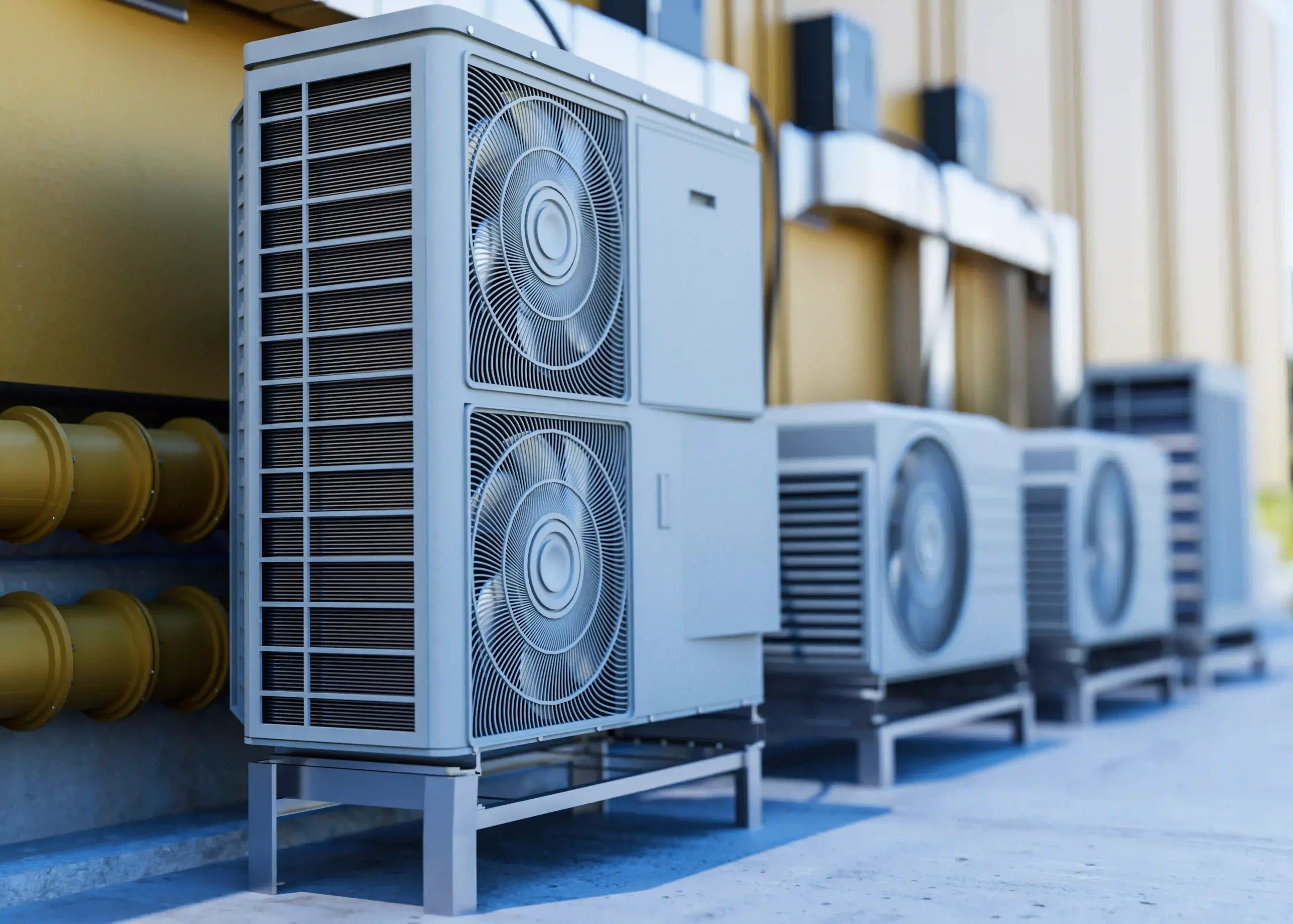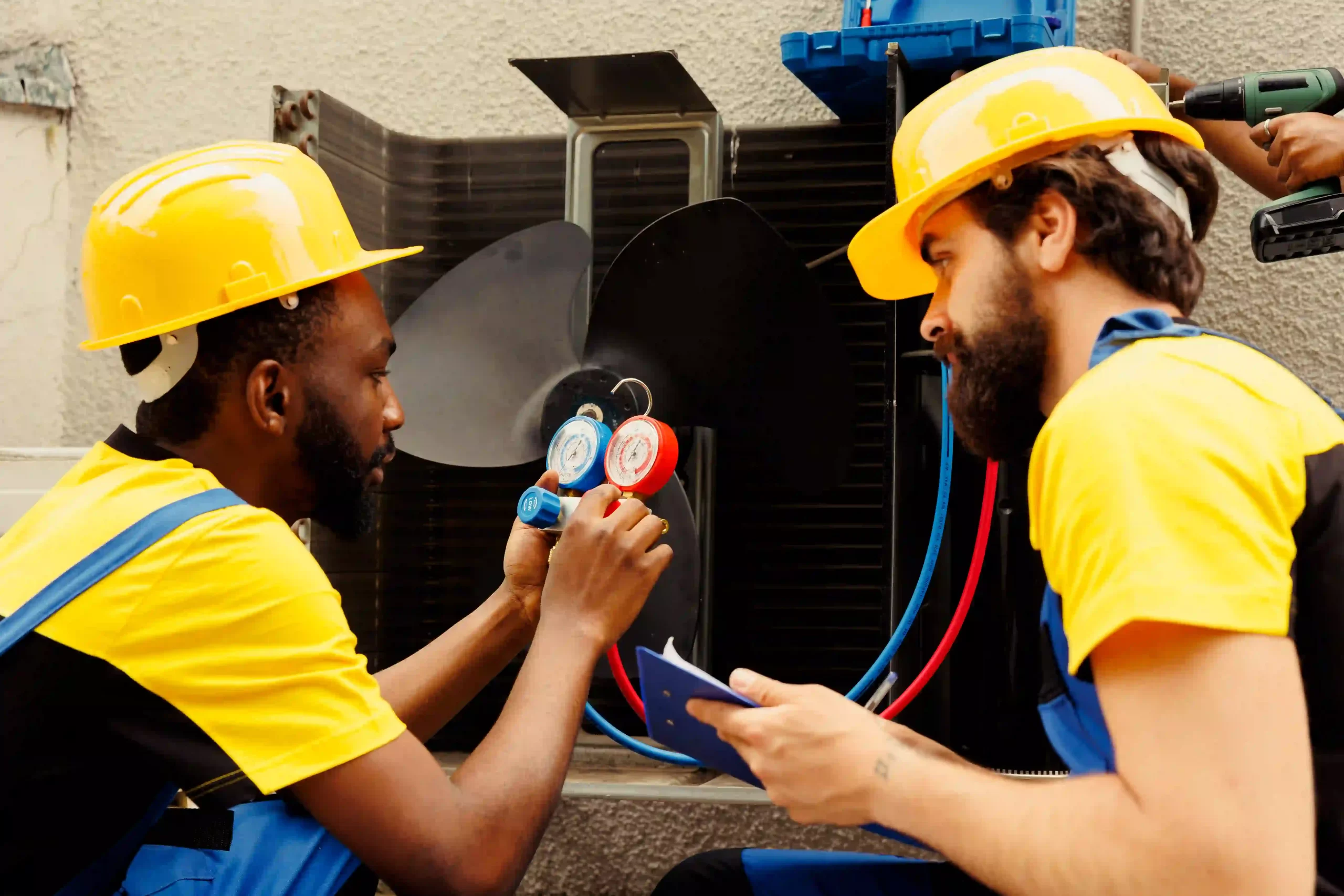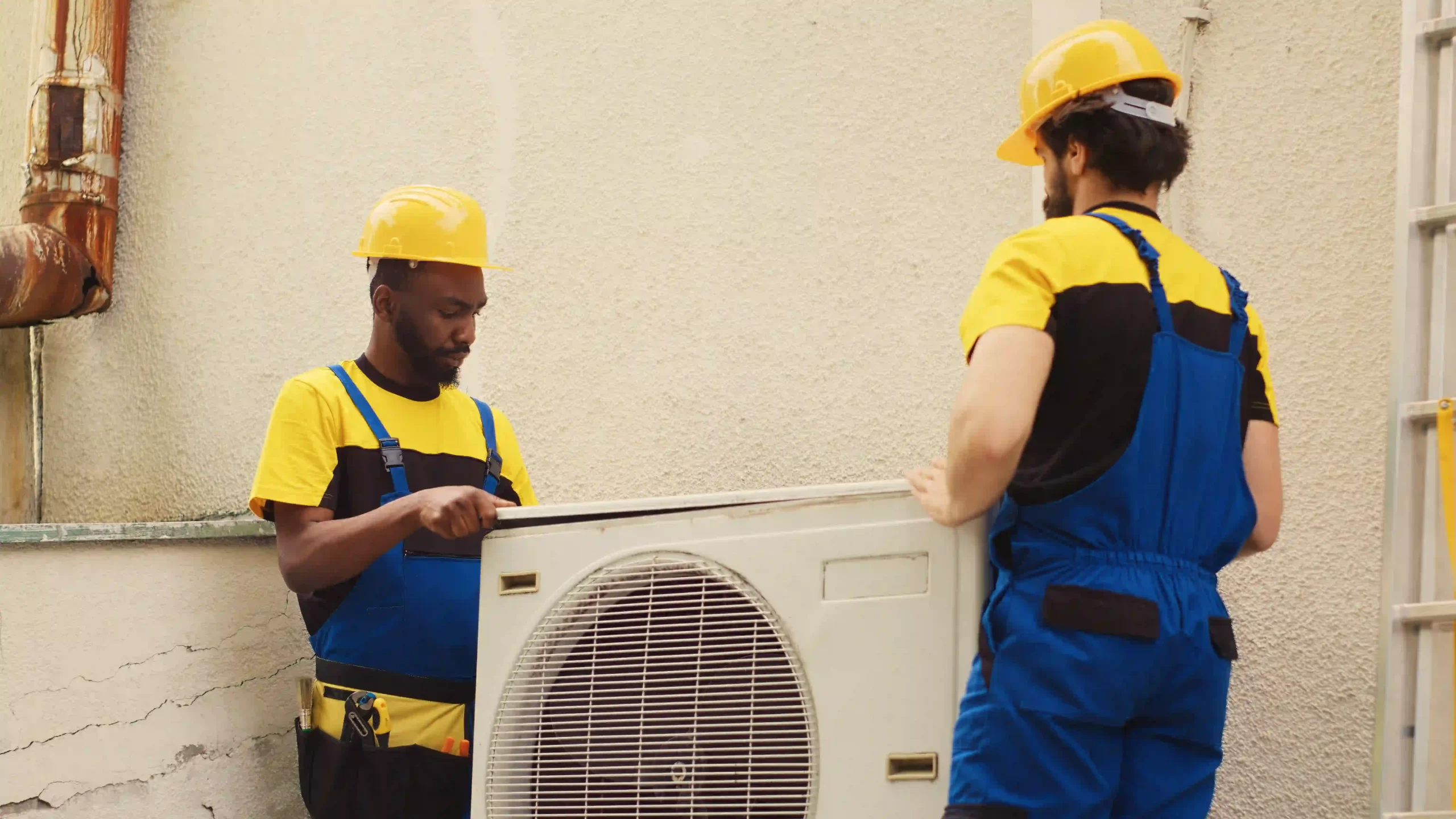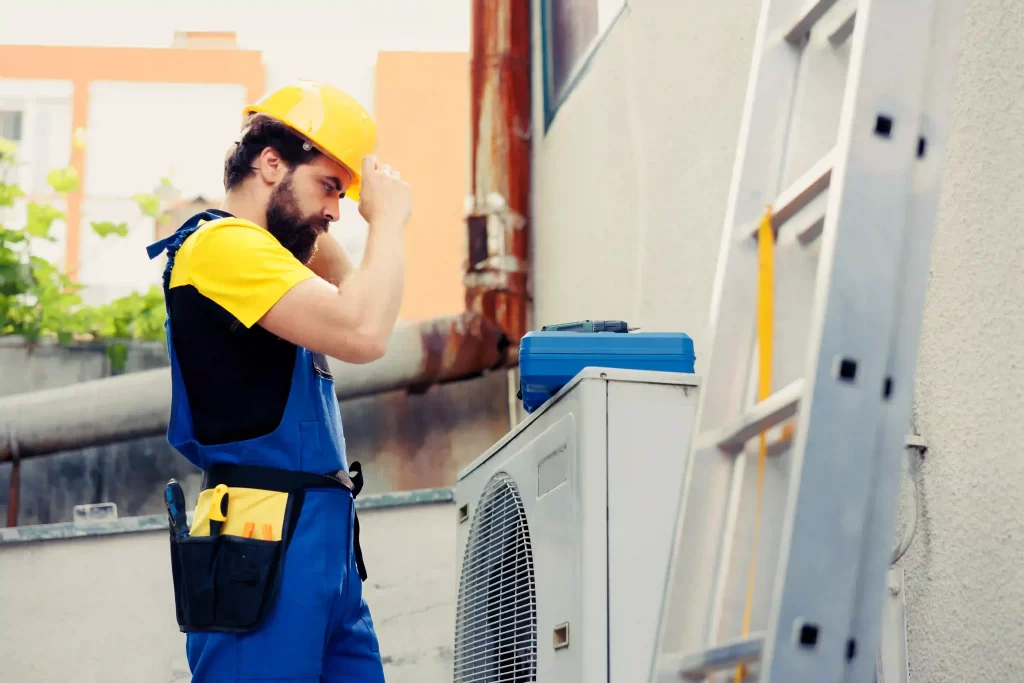
What is an HVAC System? A Comprehensive Guide for Beginners
In the current time there is no place where this system is not installed which stands for Heating, Ventilation, and Air Conditioning this abbreviation shows the main segments of this system we collectively pronounce it the HVAC system. any modern home or business must have an HVAC system, By controlling ventilation, heating, and cooling, it maintains comfort, air quality, and temperature management. Particularly in areas with harsh temperatures, knowing HVAC systems can be essential to making sure your indoor environment is both comfortable and energy-efficient.
Multiple parts of this system perform as individuals for different purposes to ensure comfort and energy effects. When this system is installed anywhere these components cooperate to create overall efficiency and a reliable climate. The understanding of this system also makes it easy for people to make decisions for maintenance equipment or replacement of this system.
Grand View Research estimates that the HVAC industry will reach $240.8 billion globally in 2027. Additionally, we will discuss the importance of regular maintenance and why HVAC services are essential for you.
Key Components of an HVAC System
There are many key components included in it. An HVAC system includes several vital components, each serving a unique purpose to ensure that your home or office is comfortable. Here are the main parts of it these are the essentials of this system.
1. Heating Components
The heating segments of this system include further components like furnaces, heat pumps, and boilers these components are installed in different places to generate warmth through many processes by utilizing gas oil electricity these components circulate the warm air or water throughout the space where installed.
2. Cooling Components
The 2nd key figure is cooling components there are many types of it and further divided into many subpoints like air conditioners, which are responsible for removing heat from indoor air and maintaining a cool, comfortable environment. Air conditioning systems work by circulating refrigerant through coils to absorb heat and expel it outside, keeping the interior of the building cool.
3. Ventilation Components
It is another key component of this system called Ventilation involves the exchange of indoor air with outdoor air, ensuring a continuous supply of fresh air. Fans, ducts, and vents are part of this process, which helps maintain optimal air circulation and prevents the buildup of stale air.
4. Control Systems
There are many kinds of control systems used in electrical appliances and circuits for different purposes a thermostat is a central control system for HVAC units that allows users to control or adjust the temperature condition according to their needs. This system gives optimal control over energy consumption.
5. Air Quality Components
For improving the air quality in living spaces, especially in workplaces through filters, humidifiers, and purifiers, these are types of the air quality components filters remove dust particles pollen, and other particles from the air to increase the air quality while the humidity and purifiers help to fresh and clean air in indoor spaces. These components are very helpful.
6. Refrigerant
This is the chemical compound and essential part of the HVAC system or unit that is used in the cooling systems to absorb the heat and warm air from indoors and discharge it outside to maintain the cooling environment in the rooms and offices. This unit plays a crucial role in maintaining the air condition and efficiency.
7. Ductwork
These gadgets are used to spread the conditioned air through the house they work as a supplier of air from one place to another. This unit maintained the airflow in the houses. And ensure the energy waste and prevent your living spaces from cold or hot spot conditions.
8. Dampers
This is the subpart of the duck and helps it to maintain the airflow in the living spaces these are essential for airflow to ensure the balanced operation of the airflow according to the requirements.
9. Condensate Drain
In cooling systems, this unit is responsible for removing the moisture in the air to maintain the home temperature for you. This thing prevents the system from water accumulation that can cause mildew growth in the system.
10. Outdoor Unit
The outdoor unit houses important components such as the compressor and condenser coil. It works with the indoor unit to expel heat, ensuring that your air conditioner or heat pump operates efficiently.

How Does an HVAC System Work?
This system includes airconditioning, ventilation, and heating and cooling processes similarly it has a separate framework for each purpose that defines the way how it works. The heating system includes (a furnace, heat pump, and boiler) these work to produce warm air in the system, on the other hand, cooling components like an AC remove the heat and warm air from the indoor space to create a cooling effect to reduce the hotness. The third one is the ventilation system ensures the proper air exchange in the living space. And the control systems allow you to adjust the temperature according to your own needs.
Key Steps in the Process
Heating Mode The system heats the air using electric, gas, or oil-powered components.
Cooling Mode Refrigerant is used to absorb heat from the air and expel it outside.
Air Distribution Ducts or ductless systems are used to distribute conditioned air to the rooms.
Control The thermostat acts as the central control, adjusting settings to meet your desired temperature.
Types of HVAC Systems that are most commonly used
There are several types of HVAC systems, each designed to meet different needs. Choosing the right system depends on your home size, budget, and comfort preferences. For those in San Diego, HVAC Now offers a range of HVAC services, including the installation of air conditioning systems and ductless HVAC systems, providing energy-efficient solutions to suit your home.
1. Split Systems
Split systems consist of an outdoor unit and an indoor unit. These systems are commonly used in homes and businesses with existing ductwork.
2. Duct-Free Mini-Split Systems
Ideal for homes without ductwork, these systems are efficient and flexible. They allow for temperature control in specific rooms, making them perfect for zoned heating and cooling.
3. Packaged HVAC Systems
A packaged system combines all components (heating, cooling, and ventilation) in one unit, often placed on the roof or outside the building. These are common in commercial spaces.
4. Heat Pumps
Heat pumps work by transferring heat from one area to another. They can heat or cool the indoor space and are an energy-efficient solution for many climates.
5. Hybrid Systems
Hybrid systems use both a heat pump and a furnace. This allows the system to automatically switch between electric heat and gas heat, optimizing energy efficiency based on outdoor temperatures.
6. Geothermal Systems
Geothermal HVAC systems take advantage of the stable temperature underground to provide heating and cooling. These systems are energy-efficient but require substantial upfront installation costs.
7. Zoned Systems
Zoned systems allow for different temperatures in various rooms or areas of the home. This is achieved through the use of dampers in the ductwork or through ductless mini-split systems.

How to Choose the Perfect HVAC System for You?
This system is designed for specific needs and requirements so before selecting the perfect option you just need to identify the purpose and needs for it for this you can easily take the quote and consultent from the professional service providers in San Diago. To select the perfect one you need to ensure the following aspects that directly affect your decision,
Climate: A heat pump may be sufficient for mild climates, but colder regions may need a furnace.
Size of the Home: Larger homes may need a system with more capacity, while smaller homes might benefit from ductless systems or packaged units.
Energy Efficiency: Look for systems with Energy Star ratings to ensure lower energy costs and environmental impact.
How To Maintain HVAC Systems?
To maintain the HVAC system you must need the services from an expert there are different HVAC services designed for each specific need and purpose including heating services, air conditioning installation, or ducting services Proper maintenance is key to extending the lifespan of your HVAC system. Regular care helps prevent costly repairs and keeps your system running at peak efficiency.
Change Air Filters Regularly When you face a problem regarding the airflow change the air filter with a new one regular replacement of the filter increases the quality of the HVAC system performance. Must change it after 1-3 months.
Clean the Outdoor Unit To increase the shelf life of your HVAC system like the cooling system you need to clean your outdoor unit to prevent blockages.
Check Thermostat Settings Check your thermostat function to ensure the correct working you need to upgrade your thermostat with a new one for better control.
Inspect and Clean Ducts make sure that your ducts are clear and clean to maintain the airflow that enhances the HVAC life.
Clear Vents and Registers block vents can affect the performance of the system reducing its life try to ensure that your vents are clean.
Schedule Professional Tune-Ups try to schedule an annual inspection of your system to ensure the efficiency of the system.
Monitor System Performance: Keep an eye on system performance to detect any irregularities early to prevent the system from major damage.
Why HVAC Systems Are Important for houses or offices?
There are many reasons and benefits to installing it in different places whether in-house or office HVAC systems play a critical role in providing comfort, safety, and energy efficiency in your home or business. Here’s why they’re essential
Comfort
Indoor Air Quality (IAQ)
Health and Safety
Energy Efficiency
Productivity and Performance
Preservation of Buildings and Materials
Environmental Impact
Economic Benefits
Specialized Applications
Conclusion
In this blog post, we briefly explain what the HVAC system stands for and the key components of this system that are working differently and used for different purposes. In San Diago, the HVAC systems are most commonly used due to the weather conditions that hold the summer hotness and moisture as well. Moreover, we evaluate the process who it is working further on the types of this system and provide the essential considerations while selecting the best one for your living spaces. There are many benefits aligned with this system that help you to maintain comfort and energy efficiency in your houses.

